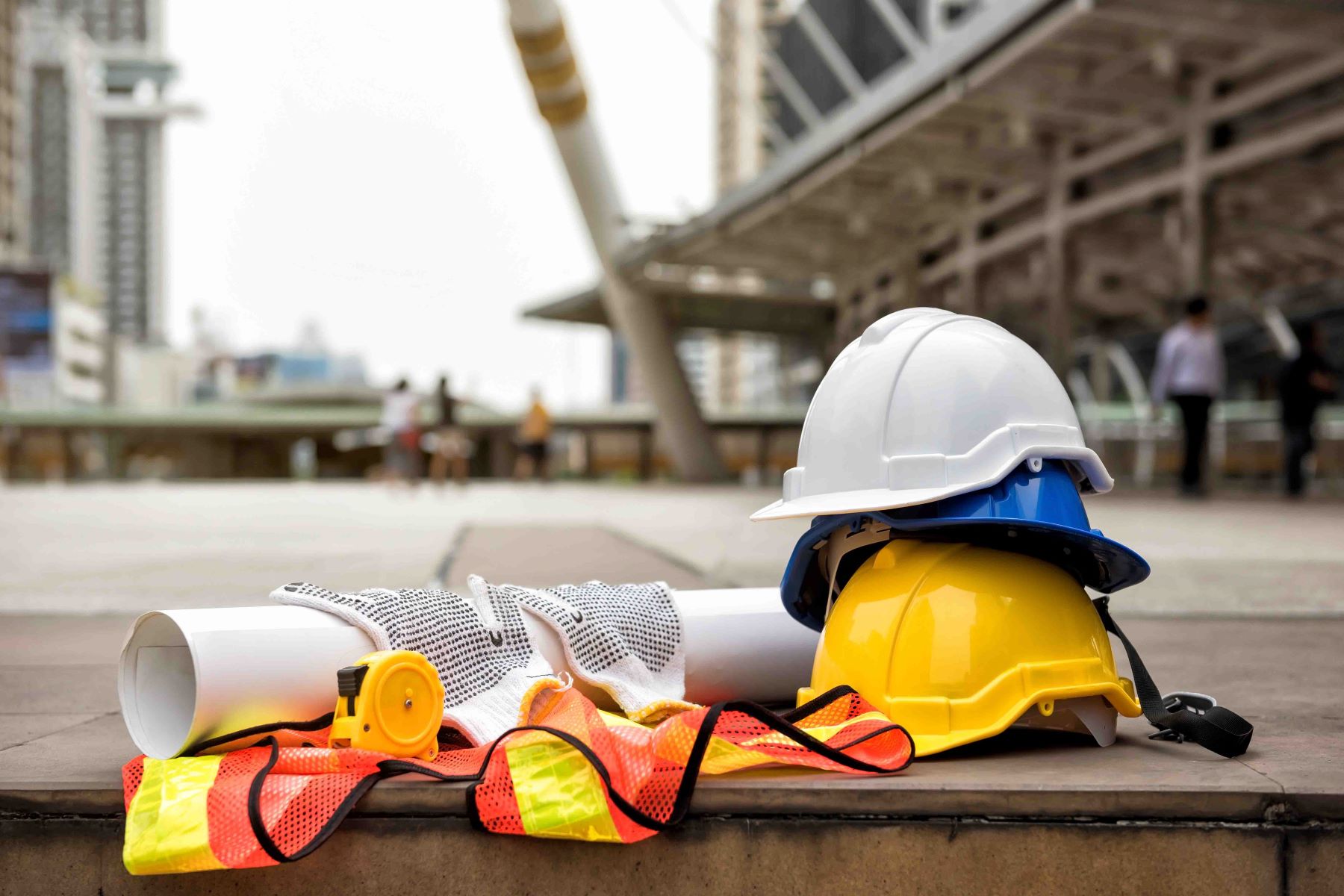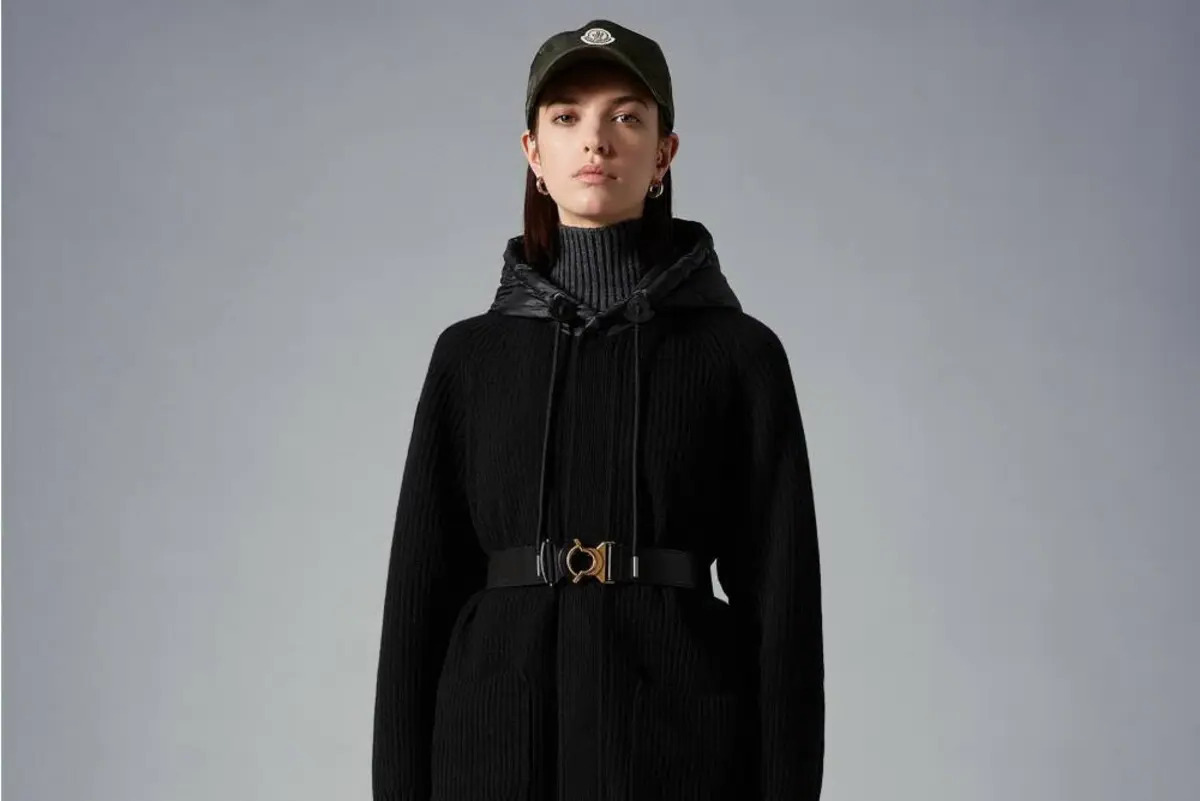
When it comes to ensuring safety in hazardous work environments, one crucial piece of protective gear that comes to mind is the hard hat. Designed to protect the head from falling objects, impacts, and electrical shock, hard hats have become an integral part of the work attire for construction workers, engineers, and many other professionals. However, there are several lesser-known facts about hard hats that are worth exploring. In this article, we will delve into 11 hard hat facts that shed light on their history, construction, and importance. So, whether you’re curious about the evolution of hard hats or looking to gain a deeper understanding of their significance, join us as we uncover these intriguing facts about hard hats.
Key Takeaways:
- Hard hats have been around since the early 20th century, evolving to protect workers from falling objects and impacts in various industries.
- It’s important to regularly inspect and replace hard hats every 5 years, as they can degrade over time, and to combine them with other safety measures for maximum protection.
Hard hats were first introduced in the early 20th century.
Originally designed for miners, hard hats have evolved over the years to become an essential safety accessory in various industries.
The purpose of a hard hat is to protect the head from impact and falling objects.
Hard hats are made from sturdy materials such as thermoplastic or fiberglass, providing structural integrity and resistance.
The iconic design of a hard hat with its domed shape helps distribute impact forces evenly.
This design feature helps prevent concentrated force on a specific area of the head, reducing the risk of serious injury.
Hard hats are equipped with suspension systems.
These suspension systems, usually made from nylon or plastic, create a comfortable and secure fit for the wearer.
Hard hats come with different classes and types.
The classification system helps identify the level of protection provided by a hard hat based on the specific hazards present in the work environment.
Hard hats have an average lifespan of five years.
After this period, the materials may degrade, reducing the effectiveness of the hard hat in protecting the wearer.
Customization of hard hats is possible.
Companies can personalize hard hats with logos, names, or specific colors to promote branding and enhance safety awareness.
Hard hats should be regularly inspected for any signs of damage or wear.
Cracks, dents, or frayed suspension systems are indications that a hard hat needs to be replaced to ensure maximum protection.
Hard hats are not only used in construction sites.
They are also essential in industries such as manufacturing, mining, oil and gas, utilities, and transportation.
Hard hats can protect against electrical hazards.
Some hard hats are specifically designed to provide protection against electrical shock and arc flash incidents.
Hard hats are most effective when combined with other safety measures.
Wearing safety glasses, high visibility clothing, and following proper safety protocols further enhance protection in hazardous work environments.
Conclusion
In conclusion, hard hats are a crucial safety equipment that should be worn in various hazardous work environments. Understanding the importance of hard hats and being aware of the facts surrounding them is essential for ensuring the safety and well-being of workers.
By wearing hard hats, workers can protect themselves from falling objects, debris, electrical hazards, and other potential dangers that could cause serious injuries or even fatalities. Employers should also prioritize providing proper training, maintenance, and inspection of hard hats to ensure their effectiveness.
Remember, safety should always be a top priority in any workplace. Investing in quality hard hats and enforcing their use can significantly reduce the risk of accidents and promote a safer working environment for everyone.
FAQs
1. Why should I wear a hard hat?
Wearing a hard hat protects your head from potential hazards such as falling objects, debris, and electrical shocks. It is an essential safety measure in hazardous work environments.
2. How often should I inspect my hard hat?
It is recommended to inspect your hard hat before each use to ensure it is in good condition. Additionally, perform regular inspections for signs of damage, wear, or deterioration.
3. Can I use a damaged hard hat?
No, you should never use a damaged hard hat. Even minor cracks or damage can compromise its effectiveness in protecting you. Replace any damaged hard hats immediately.
4. Can I personalize my hard hat?
Personalizing hard hats can potentially weaken its structure or cause compatibility issues. It is best to avoid attaching stickers, paint, or modifying the hard hat in any way that may compromise its integrity.
5. Are all hard hats the same?
No, hard hats are designed for a variety of different industries and hazards. It’s essential to choose a hard hat that complies with the specific safety standards and requirements of your workplace.
6. Do hard hats expire?
Most hard hat manufacturers recommend replacing them every five years, even if they appear in good condition. However, it’s important to refer to the manufacturer’s guidelines and consult with safety professionals for specific recommendations.
7. Can I wear a baseball cap underneath my hard hat?
No, wearing a baseball cap or any other headgear underneath your hard hat can reduce its effectiveness. They can interfere with its proper fit and suspension system, compromising the protection it provides.
8. Can I share my hard hat with others?
No, hard hats should not be shared. Each worker should have their own properly fitting hard hat for optimal protection. Sharing hard hats can lead to improper fit and compromise safety.
9. Can I wash my hard hat?
You can clean your hard hat using mild soap and water. Avoid using harsh chemicals or solvents that may weaken the material. Always follow the manufacturer’s instructions for cleaning and maintenance.
10. Can I wear a hard hat backwards?
No, hard hats should always be worn with the brim facing forward. Wearing it backwards can reduce its effectiveness in protecting you from potential hazards.
11. Are there different sizes of hard hats?
Yes, hard hats come in various sizes to accommodate different head sizes. It is important to choose a hard hat that fits snugly and securely on your head for maximum protection.
Hard hats are essential safety gear, protecting workers from impact and falling objects. But there's more to these iconic domes than meets the eye. Want to learn about specialized hard hats for elevated work? Check out our article on lift hard hats. Curious about the skilled tradespeople who often don these protective caps? Read our piece on astonishing carpenter facts. And for those interested in the machinery behind the construction industry, our article on Howa Machinery is a must-read. Dive deeper into the world of safety and construction with these informative reads.
Was this page helpful?
Our commitment to delivering trustworthy and engaging content is at the heart of what we do. Each fact on our site is contributed by real users like you, bringing a wealth of diverse insights and information. To ensure the highest standards of accuracy and reliability, our dedicated editors meticulously review each submission. This process guarantees that the facts we share are not only fascinating but also credible. Trust in our commitment to quality and authenticity as you explore and learn with us.


